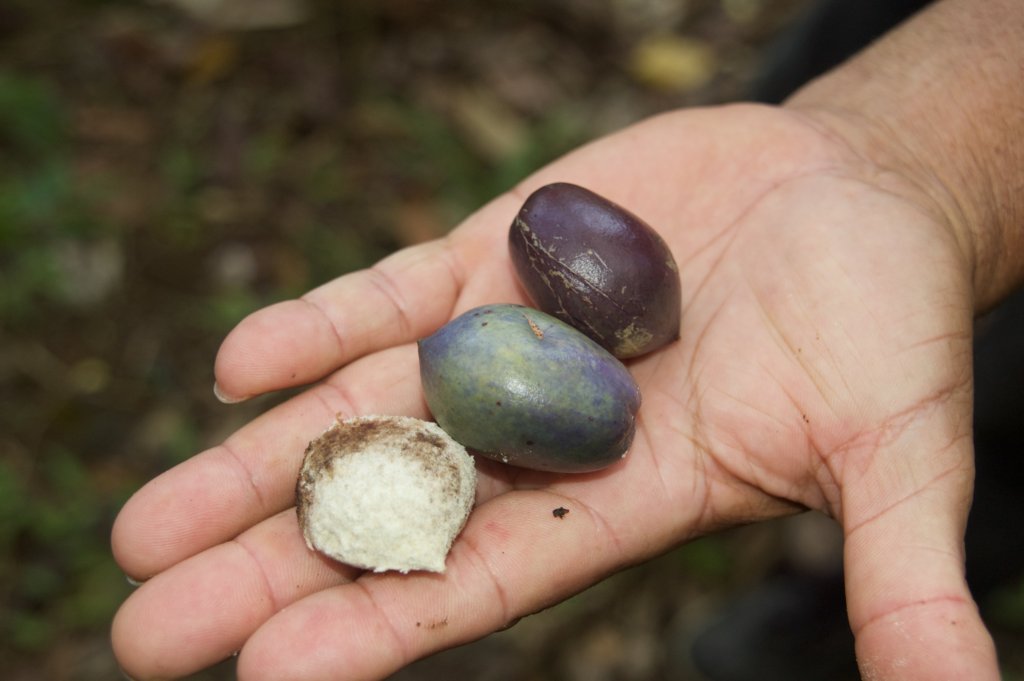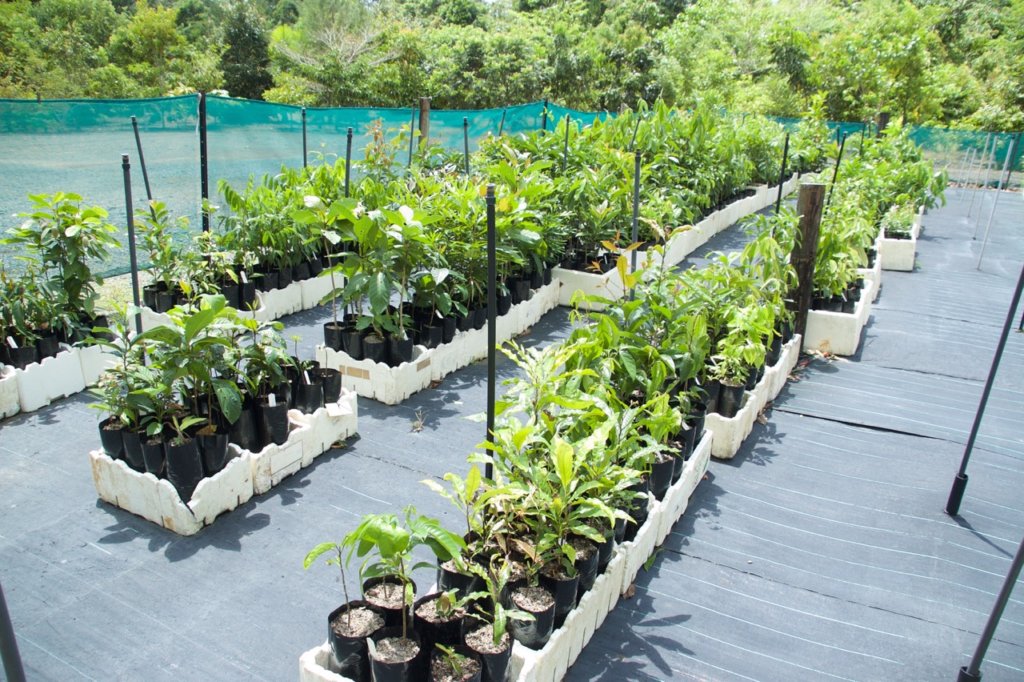By Julian Gray | CEO, Rainforeat Rescue
Thank you for your support in helping us save the endangered Southern Cassowary.
It’s been a busy time over the past three months at the Garners Beach Cassowary Rehabilitation Centre. The three orphaned chicks that we’ve been looking after for the past year were fit and healthy enough to release back into the rainforest a few weeks ago. The three birds were released in National Park south of the Garners Beach.
The main care-giver assisting at the Garner’s Beach Centre is Emily, who works hard to ensure that every day the birds have all they need. Just prior to their release Emily sent through the following: “All birds at the facility are doing very well. The three juveniles are in good spirits and are still awaiting their release. The two little ones are doing very well; the vet came I think it was last week to give them a routine check up and was pleased with their progress... they are increasingly eating more and more and get along extremely well.”
Small tracking devices have been attached to the young birds. Dr Hamish Campbell and Dr Graham Lauridsen will be running a three year tracking project to see where the birds roam and how long they survive. The tracking devices are small, placed on the back of the cassowary’s neck, and the batteries last between three and five years. The birds will be tracked from a transceiver located in the bush near the release site in Hull River National Park south of the Hull River. The transceiver has a range of about five kilometers. Local residents will also be on the lookout any birds with the tracking devices if they travel further afield.
Daintree Cassowary Research
Wren McLean has been undertaking research into the ecology Cassowaries in the World Heritage listed Daintree Rainforest. We helped support the research by supplying trap cameras which take photos when creatures pass in front of the lens. Her research surveyed 31 sites for signs of cassowaries, used attractants to lure cassowaries to camera traps, and analysed the lowland fruit species eaten by cassowaries, particularly in the lean season.
Wren found signs of cassowaries at 94% of sites surveyed which is great news. Wrens research identified the main rainforest fruit species eaten by Cassowaries. Eighteen major fruiting species were identified and five of these fruit species represented 87% of the biomass consumed by Daintree Cassowaries: Blue Quandang, Kuranda Satinash, Cassowary Plum, Beilschmieda and Cassowary Satinash. The good news is that we’re growing all the identified species in our native nursery in the Daintree and planting them in our reforestation work. So we’re ensuring a good food supply for the Daintree Cassowaries in the future.
Thank you kindly for your support for this important project – your care and interest in our work enables Rainforest Rescue to operate these projects to help save the Endangered Southern Cassowary! Your support is having significant impact, assisting us to make great progress in securing a bio-diverse future for this unique species and its native rainforest habitat in Australia.
All this would not be possible without your generous support. Thank you!
Links:
Project reports on GlobalGiving are posted directly to globalgiving.org by Project Leaders as they are completed, generally every 3-4 months. To protect the integrity of these documents, GlobalGiving does not alter them; therefore you may find some language or formatting issues.
If you donate to this project or have donated to this project, you can receive an email when this project posts a report. You can also subscribe for reports without donating.
Support this important cause by creating a personalized fundraising page.
Start a Fundraiser
